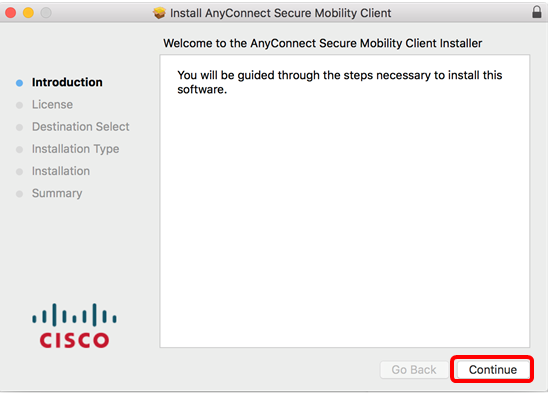
But, no, it probably does not actually VPN the network traffic from your local computer to originate from the remote network, the way that a VPN redirects your local traffic to originate from, say, Russia. With a VPN (typically), whatever you do in any app goes over the VPN, and it behaves as if your local computer exists on the remote LAN.įrom what I can see, AnyDesk advertises itself as a remote desktop app, so yes, it does give you access to a remote network (indirectly) by allowing you to control a computer on that network. Whatever you do in that window happens on the remote computer, and therefore happens on the remote LAN. The difference between remote desktop and VPN is that a remote desktop session exists in a single window.

(And, SSH also can do a proper VPN with something called a SOCKS proxy, although it requires the remote server to be accessible to the internet.) This is often called "remoting in," to the remote computer, or "remote desktop." There are products like TeamViewer and SSH which do this. You can set up tunneling between two LANs, if you control a computer on both LANs.īut instead, what most people do is to control a computer on the remote LAN directly - and do their web browsing, etc from that remote computer - instead of taking their local web browsing, etc and sending it over to the remote LAN.

Welcome to Super User I don't know about AnyDesk, but most VPNs tunnel to the same network: the internet.


 0 kommentar(er)
0 kommentar(er)
